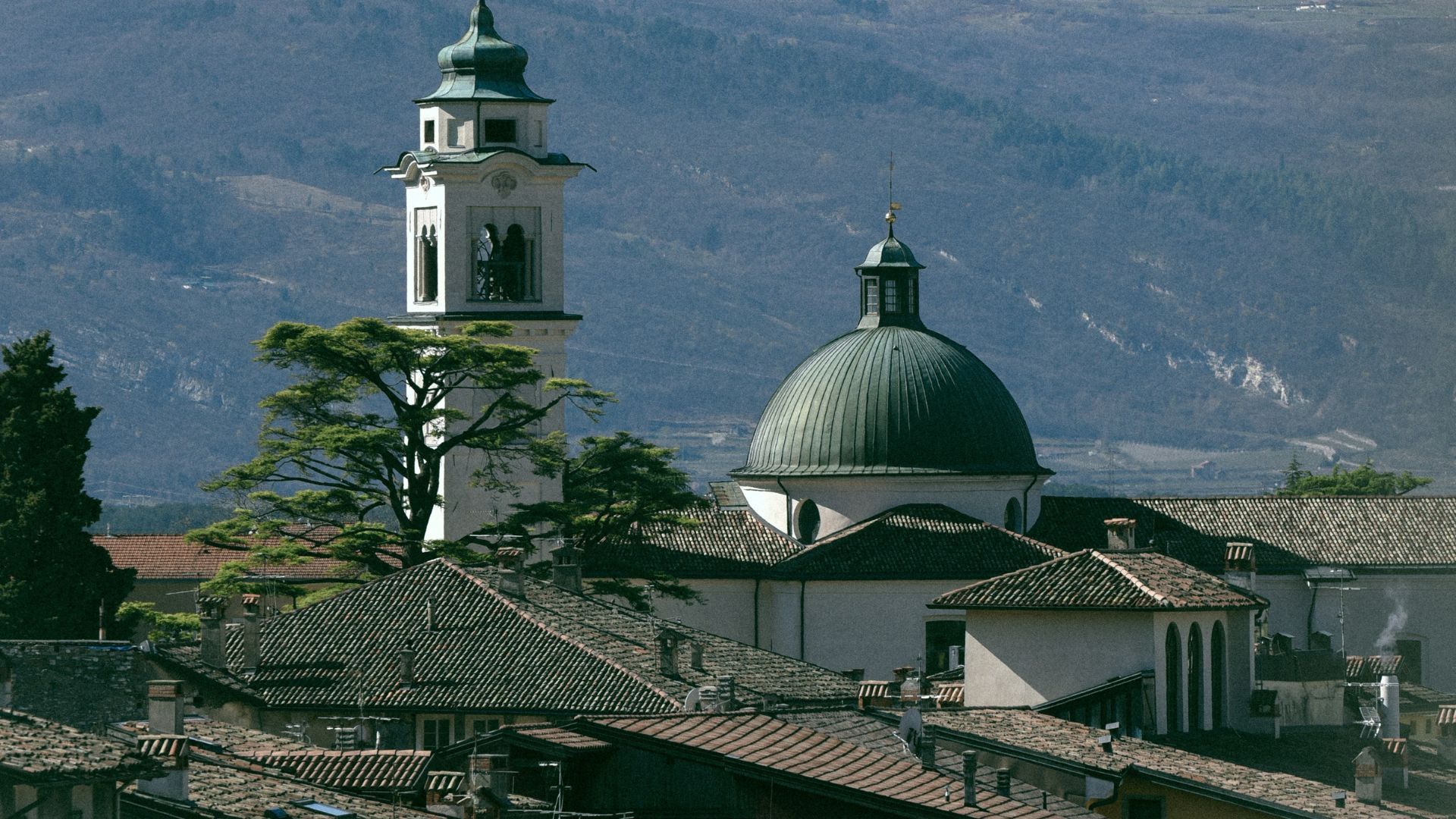Nestled in the autonomous region of Trentino-Alto Adige in Northern Italy lies a hidden gem for art enthusiasts. Rovereto might not be as famous as Florence or Rome, but this charming city holds one of Italy’s most impressive collections of modern and contemporary art.
The Mart Museum of Rovereto stands as the crown jewel of Trentino’s cultural landscape. It houses around 20,000 works ranging from 19th-century pieces to cutting-edge contemporary installations.
I discovered Rovereto during my exploration of Trentino’s less-traveled paths, and was immediately struck by the stark contrast between the historic alpine surroundings and the bold modernist architecture. The Mart isn’t just any museum – it showcases important movements like Futurism and Pop Art that shaped Italy’s artistic identity.
Walking through its spaces, I felt the surprising cultural depth that makes this corner of Northern Italy special.
Beyond the Mart, Rovereto itself serves as an open-air gallery of architectural innovation. My wanderings through the city revealed how modern design harmonizes with traditional Italian structures. This blend of old and new reflects Trentino’s unique position as an autonomous region with a distinct cultural heritage that embraces both tradition and forward-thinking creativity.
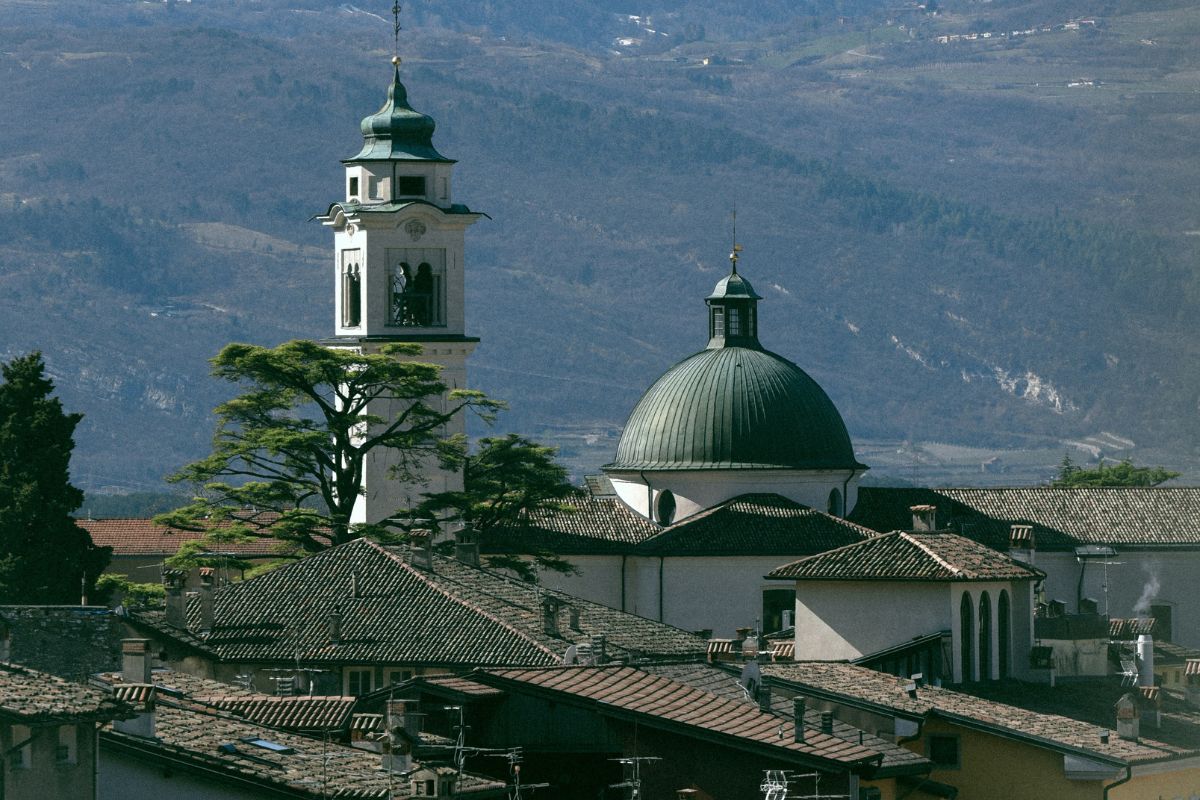
The Vibrant Museums of Rovereto
Rovereto’s museum scene offers an incredible mix of modern art and historical perspectives. The city has transformed itself into a cultural hub where artistic innovation meets thoughtful reflection on the past.
MART: The Icon of Contemporary Art
When I visited MART (Museum of Modern and Contemporary Art of Trento and Rovereto), I was immediately struck by its impressive architecture. The museum’s circular piazza and dome create a stunning entrance that sets the tone for what’s inside.
MART is easily one of Italy’s most important modern art museums. With over 6,000 square meters of exhibition space, it houses an extensive collection of 20th and 21st-century artworks.
I spent hours exploring the permanent collection featuring works by Italian masters like Giorgio Morandi and Giorgio de Chirico. The rotating exhibitions are always thought-provoking and showcase both established and emerging artists.
What makes MART special is how it functions as a cultural laboratory, combining exhibitions with research and study initiatives. The Trentino Card offers discounted entry, which I highly recommend for travelers planning to visit multiple attractions in the region.
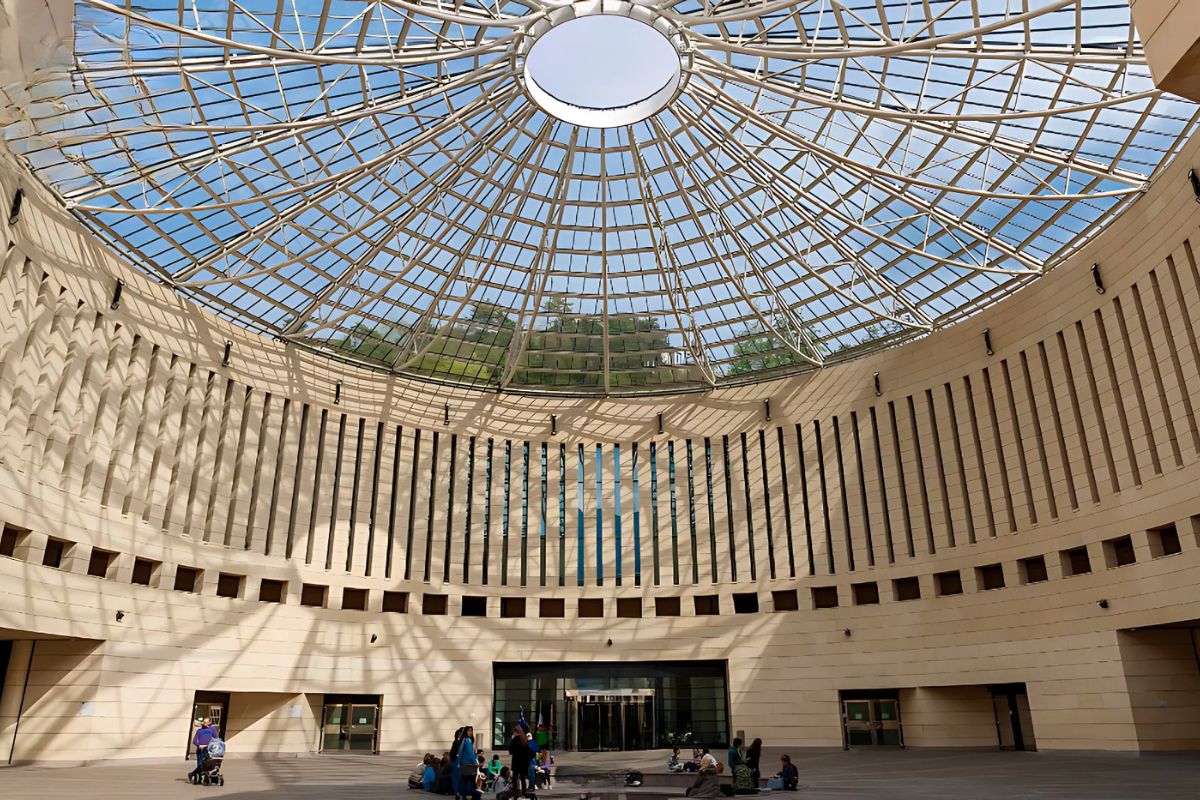
Futurism at Casa d’Arte Futurista Depero
Just a short walk from MART, I discovered the fascinating Casa d’Arte Futurista Depero. This museum celebrates the legacy of Fortunato Depero, one of the most innovative figures of the Italian Futurist movement.
Depero himself designed this museum-house in the 1950s. Walking through its colorful spaces feels like stepping into the mind of this groundbreaking artist.
The collection includes Depero’s vibrant paintings, sculptures, textile designs, and advertising work. His bold use of color and dynamic compositions perfectly capture the Futurist obsession with speed, energy, and modernity.
I was particularly impressed by the tapestries and furniture designs that show how Depero applied futurist principles to everyday objects. The museum offers a unique glimpse into how avant-garde ideas transformed Italian art and design in the early 20th century.
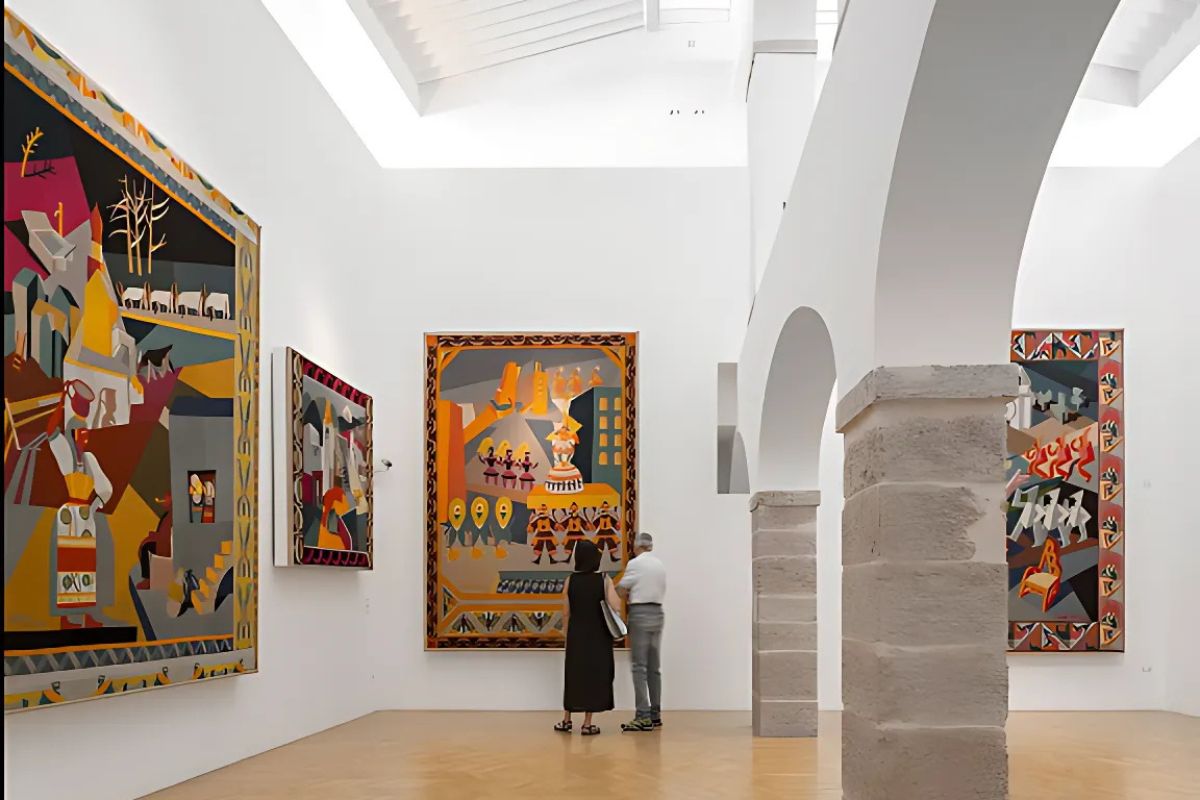
Historical Narratives at War Museum
For a more sobering but equally important experience, I visited Rovereto’s War Museum. Located in a 15th-century castle overlooking the city, this museum offers powerful insights into the region’s military history.
The museum primarily focuses on World War I, which had a profound impact on Trentino. Through photographs, uniforms, weapons, and personal letters, it tells the stories of soldiers and civilians caught in the conflict.
What moved me most was the Maria Dolens bell, cast from melted cannons used during WWI. It rings every evening to honor fallen soldiers from all nations and serves as a reminder of the human cost of war.
I appreciated how the museum balances historical accuracy with a clear antiwar message. Interactive displays and multimedia presentations make complex historical events accessible to visitors of all ages.
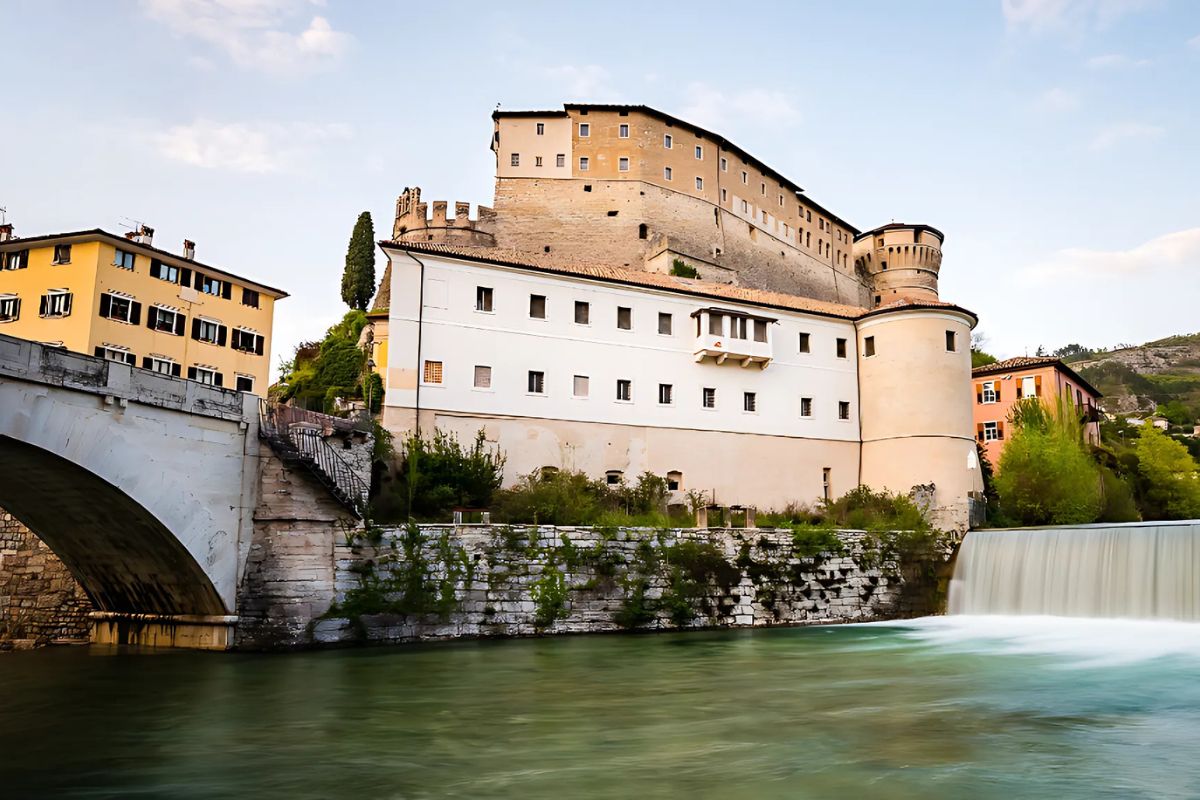
Rovereto’s Architectural Journey
Walking through Rovereto is like turning pages in an architectural history book. The city blends Renaissance elegance, medieval fortifications, and bold modern designs into a cohesive visual story.
Renaissance Influences and Historic Centre
The historic centre of Rovereto captivated me with its distinctly Venetian character. I immediately noticed the elegant Renaissance palaces lining Via della Terra, their facade decorations telling stories of the city’s prosperous past.
Palazzo Alberti Poja stands as a magnificent example of 18th-century urban architecture. Its grand staircase and frescoed ceilings showcase the refined taste of Rovereto’s noble families.
As I wandered down Corso Bettini, the porticoed streets reminded me of Venice’s influence during the centuries of Serenissima rule (1416-1509). This architectural heritage creates a striking contrast with the Alpine surroundings.
The Piazza del Podestà forms the heart of old Rovereto. Here, I found myself admiring the 15th-century Palazzo Pretorio with its distinctive clock tower that still keeps time for the bustling modern city below.
Modernist Flair Amidst Alpine Serenity
Modern architecture has found a natural home in Rovereto. The crown jewel is undoubtedly the MART (Museum of Modern and Contemporary Art), designed by Swiss architect Mario Botta in 2002.
The museum’s stunning circular courtyard topped by a glass and steel dome instantly became my favorite spot. The structure brilliantly balances innovative design with respect for the surrounding historic context.
Near the Adige River, I discovered Casa Depero, the only futurist museum in Italy designed by a futurist. Fortunato Depero’s colorful building seamlessly blends artistic vision with architectural function.
Throughout the city, I noticed how modern buildings integrate thoughtfully with traditional elements. New structures use local materials like stone and wood but in contemporary ways, creating harmony rather than discord.
Castel Beseno and Medieval Fortifications
Just outside Rovereto lies Castel Beseno, the largest fortified complex in Trentino. As I approached its massive walls, I was struck by how it dominates the Adige Valley landscape – a true medieval marvel.
The castle’s military architecture tells the story of centuries of territorial disputes. Walking along its battlements offered me spectacular views and a glimpse into the region’s strategic importance.
Inside, I explored well-preserved living quarters, weapons rooms, and courtyards. The restoration work maintains the authentic medieval character while making it accessible to modern visitors.
Rovereto itself was once entirely walled, and I found remnants of these defensive structures throughout my explorations. The Venetian Castle in the city center houses the War History Museum, linking architectural heritage with cultural significance.
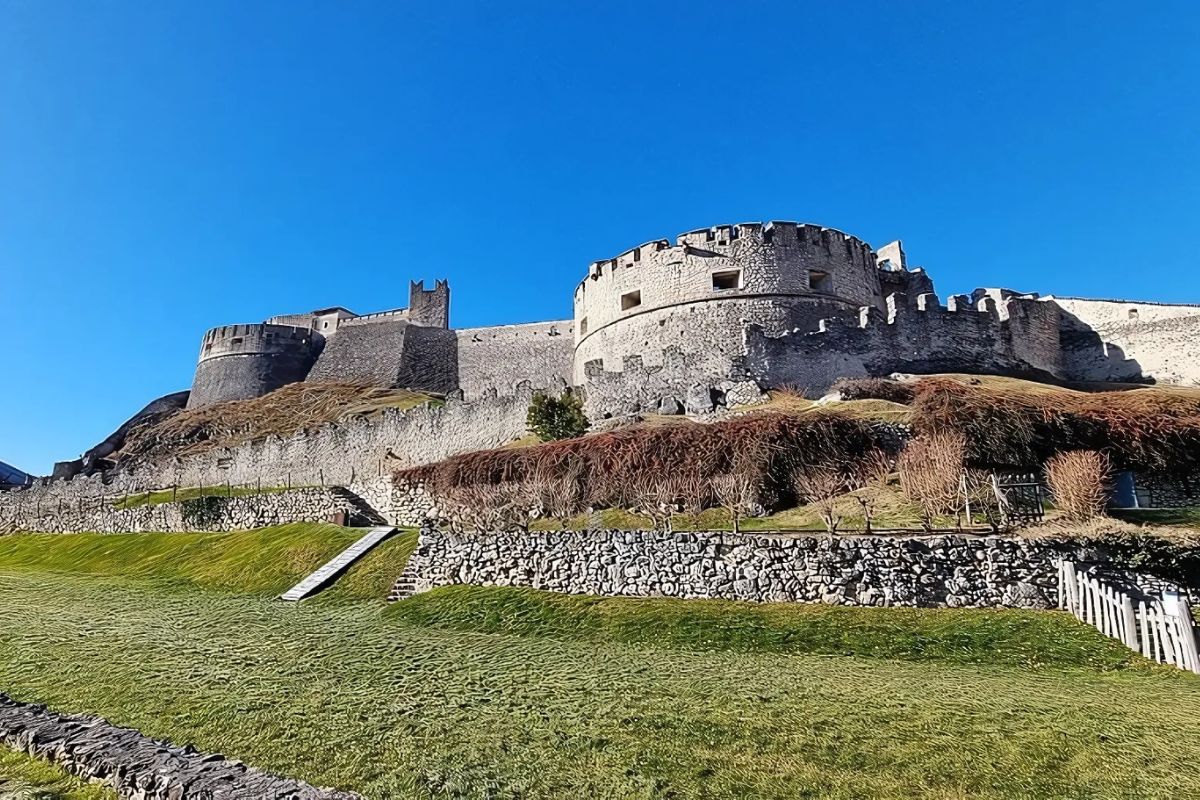
Exploring Rovereto’s Natural Landscapes
Rovereto’s charm extends beyond its museums and medieval architecture into breathtaking natural surroundings. The area sits perfectly positioned between Lake Garda and the Alps, offering diverse outdoor experiences for nature enthusiasts.
Hiking the Trails of Monte Baldo
I discovered Monte Baldo offers some of the most spectacular hiking in Northern Italy. The trails provide stunning panoramic views of Lake Garda and the Adige valley that simply took my breath away.
Locals call Monte Baldo the “Garden of Europe” because of its incredible plant diversity. During my spring hike, I encountered countless alpine flowers that create colorful carpets across the mountainside.
The network of well-marked paths caters to all experience levels. I particularly recommend the route starting near Brentonico that winds through beech forests before opening to alpine meadows. Bring plenty of water and a camera—the views of the Dolomites in the distance are worth capturing!
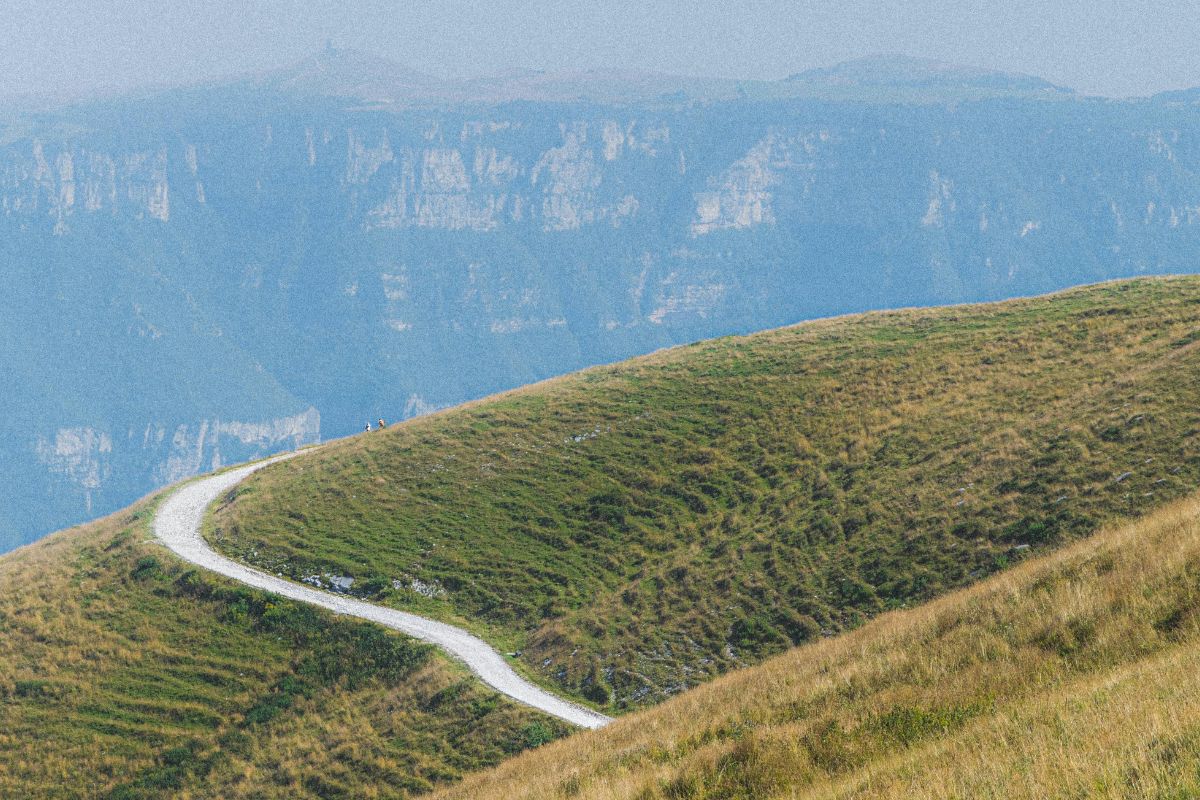
Biking and Rock Climbing Adventures
The area around Rovereto has become my favorite destination for mountain biking in Trentino. The varied terrain offers everything from gentle rides along the Adige River to challenging mountain descents.
I rented a bike in town and followed the cycling path that connects Rovereto to Lake Garda. The route follows the ancient Roman Via Claudia Augusta, making it both a cultural and natural experience.
Rock climbing enthusiasts will find excellent limestone crags scattered throughout the region. During my visit, I tried the beginner-friendly routes at Slavini di Marco, just a short drive from downtown Rovereto.
The nearby Sarca Valley provides more challenging climbs for experienced climbers. Local guides can help arrange equipment rental and suggest routes that match your skill level.
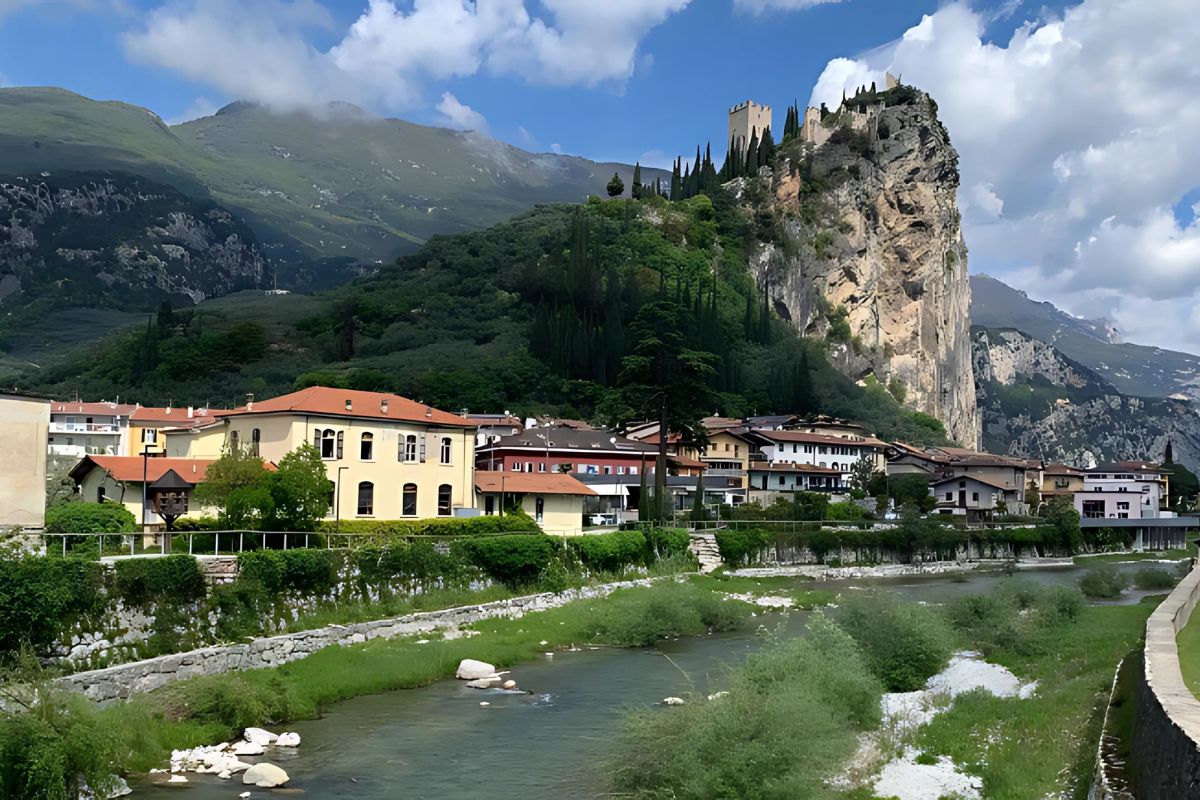
Experiencing Local Traditions and Gastronomy
Rovereto’s culinary scene perfectly blends Italian and Germanic influences from the Trentino Alto-Adige region. When I visit, I always make time to explore both the traditional dishes and local markets that showcase this unique cultural fusion.
Savoring Canederli and Strudel
The first thing I recommend trying in Rovereto is canederli, bread dumplings that showcase the German-Tyrolean influence in this Italian region. These hearty spheres often come served in broth or with melted butter and cheese. They’re incredibly filling and perfect after a day exploring the MART museum!
Local restaurants near Lake Garda often serve canederli with a glass of robust Lagrein wine, a pairing that’s absolutely divine.
The strudel here is nothing short of spectacular. Unlike other Italian desserts, Apple Strudel reflects the region’s Austrian heritage. The thin pastry wrapped around spiced apples, raisins, and pine nuts makes for a perfect afternoon treat with coffee.
The Enchanting Markets of Trentino
I’ve spent countless mornings wandering through Rovereto’s local markets, where vendors proudly display products that bridge Italian and Germanic traditions. The weekly farmer’s market offers:
- Locally produced cheeses
- Mountain honey varieties
- Small-batch wines from nearby vineyards
- Artisanal breads influenced by both cultures
The Christmas markets are particularly special, transforming the medieval streets into a wonderland of lights and aromas. These markets closely resemble those in Bolzano, the provincial capital to the north.
Market stalls often feature bilingual signs in Italian and German, another reminder of the region’s unique cultural identity. Don’t miss sampling speck, the local cured ham that pairs perfectly with a slice of dark mountain bread.
Rovereto’s Connection to the Arts and the Great War
Rovereto bears deep marks of World War I, transforming this Trentino city into a powerful symbol of both military conflict and artistic response. The war’s impact shaped local landmarks and inspired creative works that continue to resonate today.
Poignant Reminders: Mausoleum and Path of Peace
Walking through Rovereto, I’m always struck by how the Great War shaped this artistic haven. The imposing Mausoleum on Castel Dante hill honors over 20,000 fallen Italian and Austro-Hungarian soldiers. Its solemn beauty serves as both a memorial and an artistic statement.
The Path of Peace (Sentiero della Pace) connects former battlefields through a 520-kilometer trail. I’ve hiked sections where trenches and fortifications remain visible. Now, they are peaceful yet haunting reminders of conflict.
Fortunato Depero, Rovereto’s famous Futurist artist, responded to the war through his work. His vibrant pieces at the Museum of Modern Art reflect how Italian artists processed the trauma of conflict.
The region’s unique position between Italian and German cultures complicated its wartime identity. This cultural intersection now enriches Rovereto’s artistic landscape with multilingual exhibitions. These exhibitions explore war memory.

